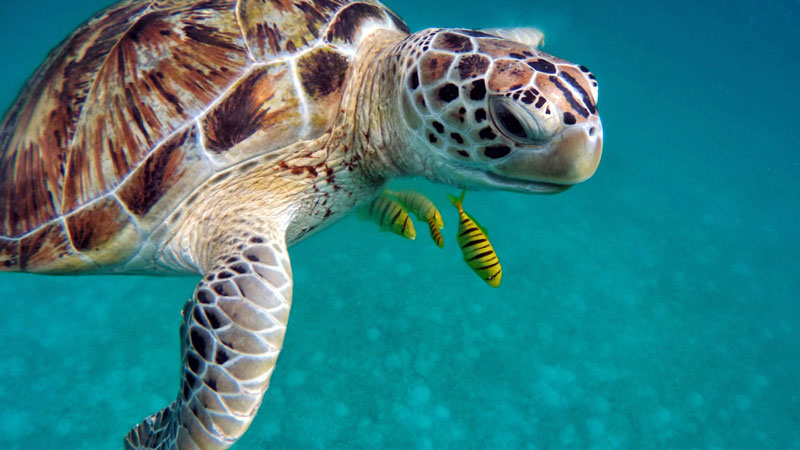How Long Do Sea Turtles Live?
Sea turtles are intriguing creatures that have roamed our oceans for millions of years. Their longevity and unique life cycle captivate scientists and nature enthusiasts alike. This article delves into where sea turtles live, what they eat, and the various factors that influence their lifespan. Additionally, we’ll explore the average lifespans of different sea turtle species. Keep reading!

Where Do Sea Turtles Live?
Sea turtles are found in oceans all over the world, primarily in tropical and subtropical waters. These environments offer the warm waters that sea turtles need for survival, as their cold-blooded bodies rely on external heat sources to regulate temperature. Most species inhabit coastal areas and shallow continental shelf waters, where they can access feeding grounds that provide their diet of seagrass, jellyfish, and other marine life. The leatherback turtle, however, is known for venturing into colder, open ocean regions, thanks to its unique adaptations for deep diving.
Interestingly, sea turtles display a strong connection to specific beaches, often returning to the same shorelines where they hatched to lay their eggs. These nesting sites are crucial for their reproduction, though they are increasingly threatened by coastal development and pollution. Overall, the diverse habitats of sea turtles range from shallow reefs and seagrass beds to the expansive open ocean, making them resilient yet vulnerable creatures of the marine ecosystem.
What Is the Average Lifespan of Sea Turtles?
The lifespan of sea turtles is impressive, often spanning several decades. On average, sea turtles live between 50 to 100 years, although some species can live even longer. Various factors, including species type and environmental conditions, play a significant role in determining their longevity.
Lifespan varies not only between different species but also within populations of the same species, influenced by a range of factors.
Factors That Affect Sea Turtles’ Lifespan
Several factors impact the longevity of sea turtles, from natural predators to human activities. Understanding these can aid in the creation of more effective conservation strategies.
By addressing these factors, we can help extend the lifespan of these magnificent creatures.
What Do Sea Turtles Eat?

Understanding their dietary needs is essential for habitat protection and ensuring the availability of their preferred food sources.
Conclusion
Sea turtles are remarkable creatures with lifespans ranging from decades to almost a century. Factors such as diet, habitat, and human impact play crucial roles in their longevity. Understanding these elements can help us implement more effective conservation strategies. Protecting these ancient mariners is essential not only for their survival but also for maintaining healthy marine ecosystems. By taking collective action, we can ensure that sea turtles continue to thrive for generations to come.
FAQs
Can sea turtles live for 200 years?
No, sea turtles generally do not live for 200 years. The maximum lifespan for most species is between 70 and 100 years, with some variation based on environmental conditions and human impact.
Do all sea turtles sleep on land?
No, only female sea turtles come ashore, and that’s primarily to lay eggs. Sea turtles do sleep underwater or sometimes on the ocean’s surface, depending on the species and environmental conditions.
What is the oldest living sea turtle?
The oldest living sea turtle on record is estimated to have lived over 400 years, though this claim is difficult to verify due to a lack of formal documentation. Several sea turtles have been recorded living over 100 years, such as Myrtle, a green sea turtle that lived nearly a century. While many sources suggest such longevity, precise records are rare for marine turtles.
